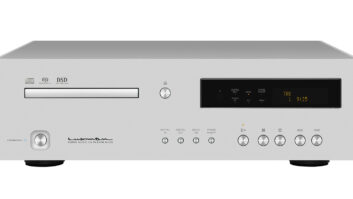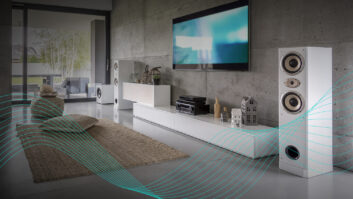Waking up at 6 a.m. to the heavy bass of Candy Shop by hip-hop artist 50 Cent is not a pleasant experience, especially when the chest-thumping beat is coming from the apartment next door. Yet, for city dwellers, this kind of wake-up call is not only irritating, but also very common. With many buildings that define city skylines having been built long before the benefits of acoustical treatments were proved, there is sadly little that apartment owners and tenants can do if such sound assaults are committed against them.
Building materials manufacturer Owens Corning feels so strongly about the issue that late last year the company conducted a road trip to insist on residential noise control as a factor in new home construction. From our research, [approximately] 71 percent of people who buy single-family detached units are interested in noise isolation, said Portia Ash, the companys Residential Noise Control (RNC) business manager. When you take that into a multi-family environment and condo units that are commonly attached, the sensitivity around noise is just heightened. So we see an opportunity, pretty much as an unmet need. Some of the things that have been happening from a noise and litigation stand point seem to be an increased awareness and an increased look for alternative ways to some of the conventional ways that are out there.
Owens Corning has developed the QuietZone system to combat common noise problems (loud music, heavy footfalls, sound-amplifying hardwood and tile floors) in MDUs. The package, which offers treatments for walls, ceilings, and floors, is purposely all encompassing to achieve maximum results. If you go in there with only a wall system, and you dont look at the floor you can quickly end up with a wall that is not going to perform because of flanking noise, said Harry Alter, senior engineer and product manager for RNC. Flanking noise is the noise that can go under a wall through the floor, or down through the floor into the wall below. And so as a result, you have dramatically reduced the performance of that wall or floor.
Installed between floors and walls, the QuietZone products help reduce the amount of noise heard outside of the treated room. The line includes products ranging from acoustic insulation batts, sealant, wall stud, ceiling products and floor mat to duct board and flexible duct media products for the heating, ventilation and air conditioning system, which improve the acoustics of the home and contribute to its energy efficiency.
Auralex Acousticss director of sales and marketing, Tracy Chandlerwho having previously lived in a converted Indianapolis loft is all too familiar with the challenges of living with noisy neighborsechoes Owens Cornings approach to the problem. In any kind of sound isolation project, the only way to prevent sound from traveling throughout the infrastructure is to build mass into the walls, floor, and ceilingsespecially for low frequencies, Chandler explained. Low frequencies tend to have their own unique way of getting through…There is such a long wavelength that it really penetrates just about any obstacle. Auralex has a lot of products that are used in multi-layered construction techniques that basically absorb all of those frequencies before they get into the studs or the brick or the infrastructure of the building.
Among Auralexs vast cache of sound-proofing products is the companys SheetBlok Sound Isolation Barrier, a dense, limp-mass vinyl material that is about six times as effective as lead of the same thickness in stopping the transmission of sound. SheetBlok is layered in walls, ceilings, and floors during the construction phase of new builds.
Our challenge is one of education and getting the information to the architects and the contractors, Chandler said. To the architect so that they spec these kinds of things, and to the contractor so that they understand the importance of it.
Llanor Alleyne is managing editor of Residential Systems in New York City.







